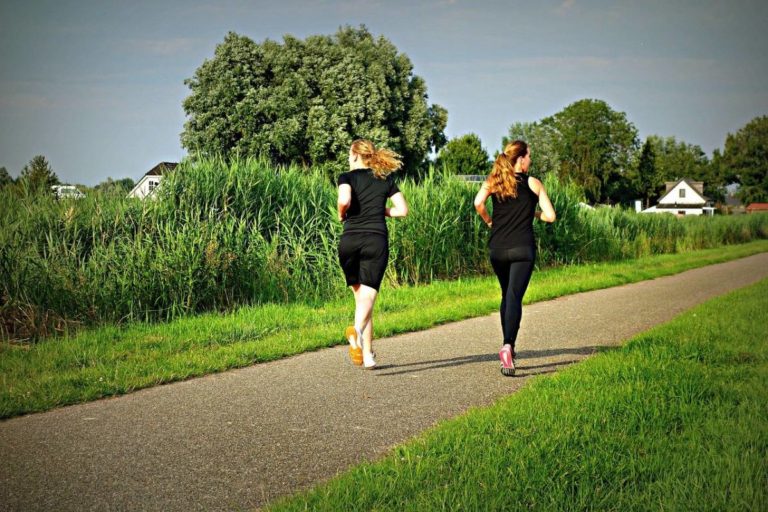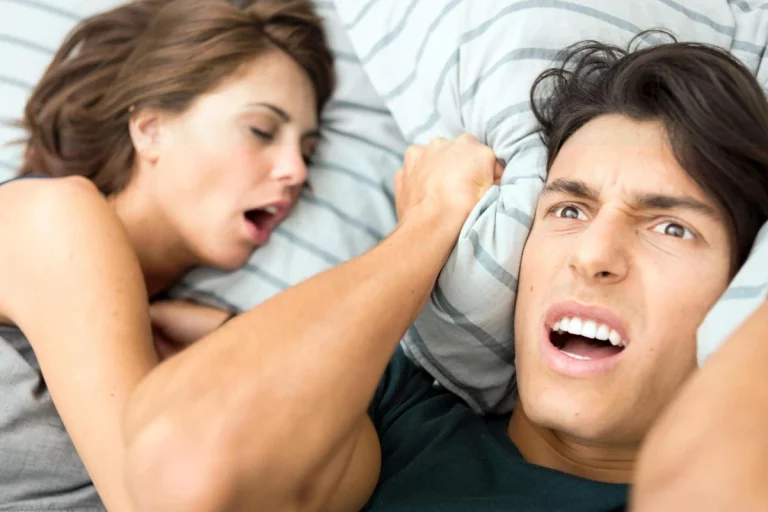Caring for family members diagnosed with heart disease can be worrying and overwhelming. Whether it’s your parents, spouse, kids, or siblings, the sacrifice needed might be physically and emotionally draining. In the case of severe cardiovascular conditions, your loved ones might need long-term support.
Your care and support as a caregiver determine how well or poorly your loved ones respond to treatment. Learn how to care for a loved one diagnosed with heart disease.
Essential Criteria
Before you dedicate yourself as a caregiver, there are several things you need to know. Heart disease is a condition that might not go away in a few months or years. The patient might live in this state for their lifetime. So what does that mean?
Taking care of a loved one with a heart condition demands unmitigated selflessness. Some patients might only need emotional support. In a severe illness, your loved ones might need practical and emotional support.
The first step is understanding the type of heart disease your loved one is diagnosed with. You can learn to detect severe symptoms and mitigation procedures with that information.
Thankfully, you can undertake online certification training to equip yourself with basic knowledge of treating severe cardiovascular emergencies.
The ACLS course is a reliable online certification training to help you get started. The course takes you through various ACLS algorithms so you can take care of patients with cardiovascular emergencies, including:
- Stroke
- Bradycardia
- Cardiac arrest
- Tachycardia
- Myocardial infarction
But before you’re through the training, it’s advisable to have essential tips for caring for your loved ones. Here are some tips that might be of help.
Help Them Manage Medications
Patients with heart conditions may find it hard to manage their medications. There are medical appointments to attend and drugs to take every day. Life can get too busy, and your loved ones might forget to take medicines as is required.
As a caregiver, you can help them take their drugs and attend medical appointments without feeling overwhelmed.
With the basic knowledge of ACLS algorithms, you will understand how to administer medications. Read the pamphlets provided with the drugs to know how your loved one should take them. If you need help, consult your loved one’s pharmacist on how to manage medications.
Do you have a personal reminder? Include the medication schedule on your reminder to ensure your loved one takes the drugs on time.
Your family members might require emotional and practical help for medical appointments, especially when the news is stressful. Take them for medical appointments to make them feel comfortable.
Encourage a Heart-Healthy Diet
Your loved one has to make several lifestyle changes, including diet. Eating a healthy diet can be great for managing various heart diseases. But sticking to a heart-healthy diet can be intimidating, especially if the patient changes the diet alone.
The best way to encourage a heart-healthy diet is by changing your diet too. Changing your diet will motivate your loved ones to stick to healthy meals. You’ll also help them feel they’re not the odd one out.
It’s your job as a caregiver to learn about good nutrition for your loved one. Discuss with your patient the best diet recommended for heart diseases. Seek help from your doctor or dietitian to help you understand heart-healthy meals to feed your loved one. You can also curate suitable meal plans that work best for your patient.
A heart-healthy diet means limiting certain food items while eating others more often. For example, you should help your loved one limit cholesterol, sodium, red meat, saturated fat, and processed foods. Ensure to encourage them to take diets with plenty of fruits, vegetables, whole grains, lean proteins, and healthy fats.
Promote Exercise
Exercising is key to controlling cholesterol levels and blood pressure. Failure to monitor the cholesterol levels and blood pressure of your loved one can aggravate the condition.
The amount and type of exercise/physical activity will largely depend on the patient’s heart disease and mobility. It’s common for your loved ones to feel discouraged when exercising, especially if it’s something they’re not used to. If possible, encourage your patient to exercise with you.
Exercising is a great way to lift your mood during stressful times. It’ll also help you avoid burnout if caregiving feels overwhelming. If you don’t know the type and amount of exercise ideal for your loved one, reach out to their doctor for help.
The doctor might recommend:
- Walking
- Yoga
- Tai chi
- Swimming
- Water aerobics
Listen and Take Notes
One of the most crucial parts of being a caregiver is listening to the doctor’s instructions. It’s common for your loved one to be too stressed to listen to the doctor during appointments. Heart disease is a severe condition requiring one to heed the doctor’s instructions.
Be part of the discussion if you’re taking your patient for a doctor’s appointment. Listen to the doctor and take notes. If you don’t have the basic knowledge about ACLS algorithms, you can rely on the doctor’s information about severe symptoms and treatment methods.
Being part of the discussion helps you ensure that the doctor and your loved one address all issues and symptoms. You can also encourage your loved ones to tell the doctor how they feel.
Help Them Reduce Stress Levels
Helping your loved ones reduce stress levels is critical in the treatment process. According to AHA (American Heart Association), stress increases cholesterol levels and blood pressure.
With increased cholesterol levels and blood pressure, patients diagnosed with heart conditions are at a higher risk of succumbing to the illness.
As a caregiver, your loved ones rely on you for mental and emotional support. It’s advisable to find ways to help your patient reduce stress levels. An ideal way of relieving stress is by exercising. Encourage your loved one to walk, visit a spa or try other calming recreational activities.
Motivating them to talk about how they feel can help reduce stress levels. Your loved one can reach out to other family members, friends, or support groups to feel more connected. Help them understand that talking to friends or relatives can work as a stress reliever, especially when feeling more anxious.
Monitor Symptoms
For most people with heart diseases, symptoms often wax and wane. There’ll be good days and bad days.
It’s advisable to monitor your loved one’s symptoms every day. The doctor can help you know how to detect ominous signs and what to do. In the case of severe cases, call emergency services or your doctor’s office.
Keep a diary or a chart to record various symptoms. You might recognize a pattern that leads to the severity of the problem and rush the patient to the hospital.
There are multiple symptoms to take note of in people with heart diseases. For example, you can monitor:
- Leg or knee swelling
- Degree of fatigue
- Shortness of breath
- Heart rate
- Blood pressure
- Weight gain
If you notice alarming symptoms, such as a steady weight gain in two to three days, increased leg swelling, high blood pressure, or shortness of breath, don’t hesitate to call your doctor. Acute symptoms are signs your patient’s heart disease is worsening.
Seek Help
Caregiving can be daunting at some point. If your loved one’s heart disease is severe, you’ll need to help with the chores, washing, dressing, and paying bills. You also have to work, pay your bills, and take care of your kids and pets. Juggling your role as a caregiver, spouse, parent, and worker can feel overwhelming.
You don’t have to suffer burnout and depression. When overwhelmed, seek help from relatives, friends, or other people in your community. At work, inform your employer what you’re going through so you can discuss your working schedule. You may be surprised that most relatives, friends, and workmates are willing to offer the help you need.
Let them know the kind of help you want. Relatives, friends, and workmates might help you financially or help with chores such as cooking, cleaning, and grocery shopping.
Look After Yourself
Your physical, mental and emotional health matters a lot as a caregiver.
Burnouts, illnesses, and frustrations won’t make you an effective caregiver. If you’re juggling caring with work and family, you may now have time to look after yourself. Make it a win-win situation. Caregiving will only feel rewarding when you offer your best.
Whether you offer practical, emotional support, or both, make time to look after yourself. For example, you can:
- Ask family and friends to help with caring responsibilities
- Get enough sleep
- Eat healthily
- Take regular respite breaks
- Talk to family, friends, and workmates
- Keep up with your interests, such as watching, reading, biking, knitting, or swimming
- Reach out to other caregivers for mental and emotional support
- Talk to your counsellor or physician if you feel overwhelmed, anxious and depressed
Taking time to look after yourself helps you maintain your health and recharge your batteries.
Final Thoughts
Living with a family member diagnosed with heart disease is challenging for everyone. As a caregiver, the job can be overwhelming but rewarding if you do it the right way. With the above tips, you can become an effective caregiver and help your loved ones during their most challenging time.
Remember to find an online training institute to learn about ACLS algorithms. An online certification course will help you treat severe cardiovascular emergencies and take good care of your loved one.
Author Bio for Kate Macmorn
Kate Macmorn
Communications Director
AMRI
Kate is the communications director for the American Medical Resource Institute. They’ve trained over a million healthcare professionals to study for, earn and maintain life support certifications that allow them to better respond to cardiac emergencies. When not in the office, you can find Kate practicing her tennis skills. She frequents live music venues and is always looking for her next creative hobby.














